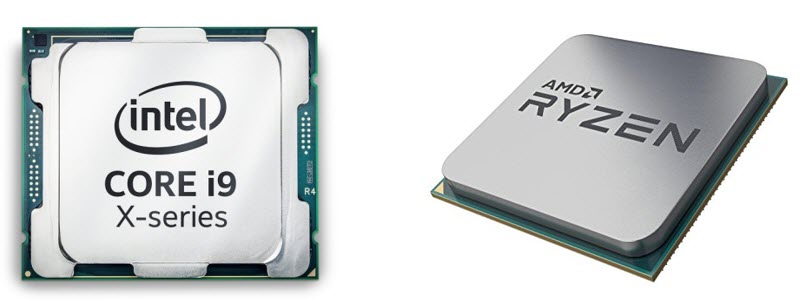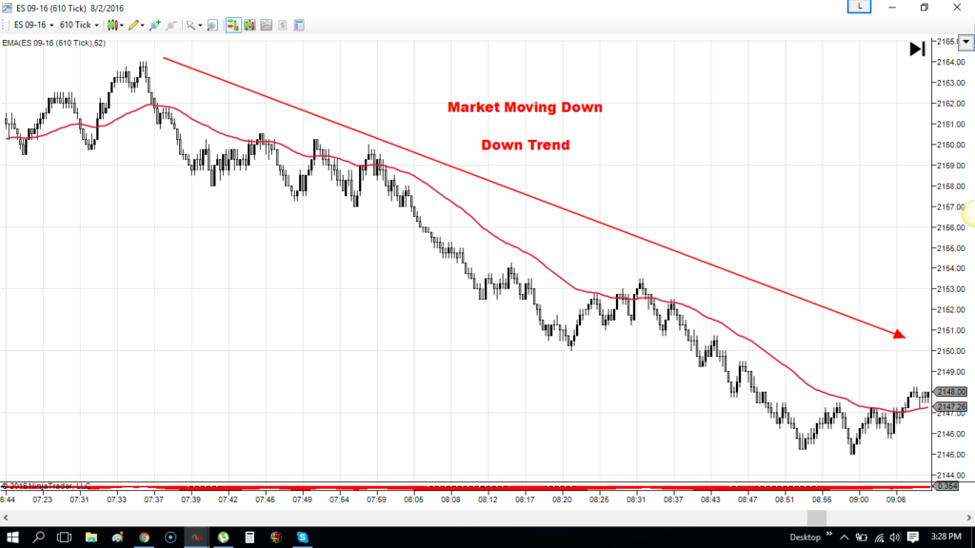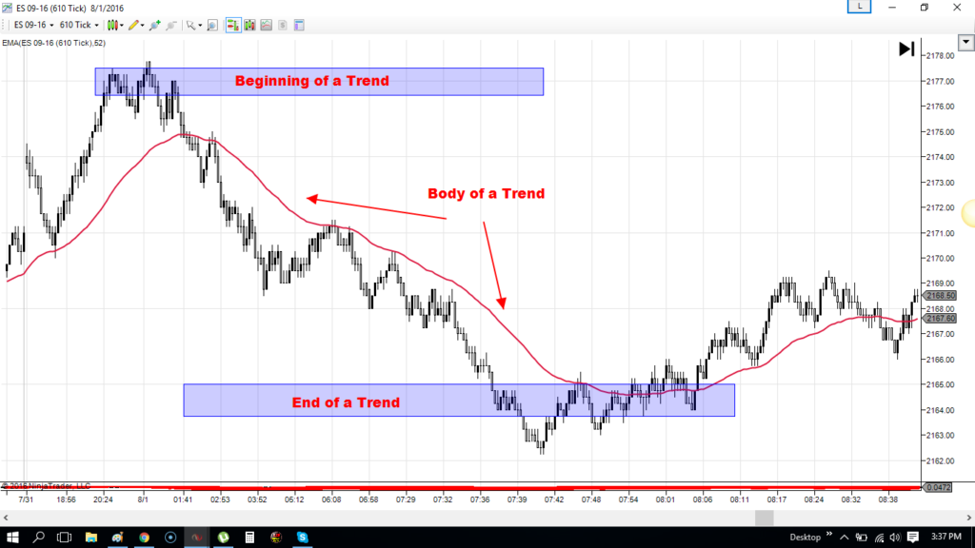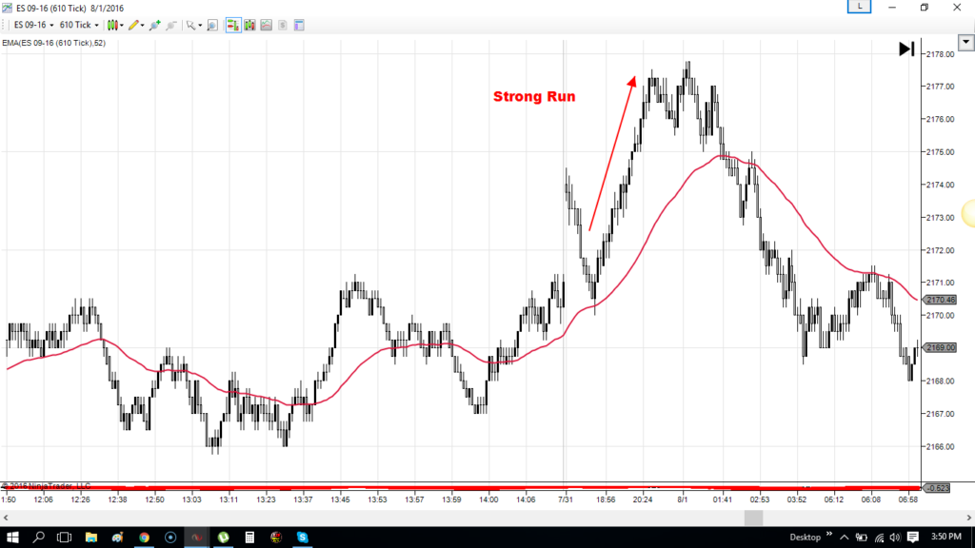
This article was originally published in The Option Strategist Newsletter Volume 17, No. 20 on October 24th, 2008 but still remains relevant today.
In the beginning of volatile time periods, one of the more profitable strategies has been the $VIX/$SPX hedged trade. We have recommended it several times in many of the newsletters that we write. Many of our readers have asked for more information on the strategy, as it is either new to them, or they haven’t tried to use if before. So this article will describe the strategy in detail – discussing its basic concepts, determining how many options to trade on each side of the hedge, and finally how to handle follow-up strategies.
The hedged portion of the trade comes from the fact that, in general, $VIX goes up when the stock market goes down (and vice versa). Hence a purchase of similar options (puts or calls) in both instruments is a hedged trade. For example, in theory if one owns calls on $VIX and also owns calls on $SPX (or more likely, on S&P SPDRS [SPY]), they hedge each other. Similarly, if one owns puts on both, it is a hedged position.
Furthermore, we like hedges in which options are used because one has two chances to make money: 1) if the hedge converges, or 2) if prices of the underlyings move a great distance, for on one side, the call can only lose a fixed amount, while on the other side, the call can profit handsomely. To verify this, consider the following simple example:
Example: Suppose the following prices exist:
Nov $VIX futures: 42
$VIX Nov 40 call: 7
SPY: 90
SPY Nov 90 call: 7
Suppose one buys both calls (for simplicity in this example, assume just one of each is purchased). Later, the market falls sharply, and SPY plunges to 75. The SPY calls can lose, at most, 7 points since that was their cost.
Meanwhile, the Nov $VIX futures rise to 65. The $VIX calls can gain substantially as $VIX rises. In this case, they would be worth at least 25 (since they’re 25 points in the money).
So, did the spread between $VIX and SPY “converge?” Probably not, but the second way to make money kicked in: the underlyings were extremely volatile.
The Basic Concept
We don’t establish the hedge at any old time, even though the inverse relationship between $VIX and $SPX always exists. Rather, we use the relationship between $VIX and the front-month $VIX futures as a “trigger.” When that differential is too great – either “too much” of a premium or “too much” of a discount – the trade is viable.
In less volatile time periods, we often would establish this strategy when that differential reached 2.0 points or more – either a 2-point discount or a 2-point premium. Recently, with the extreme dislocations in the broad market and the acceleration of volatility, there have routinely been differentials of 8 points or more between $VIX and the front-month futures. So, as a general rule, we want to establish the strategy when there is a “sufficiently” large difference between $VIX and its front month futures contract. Eventually that differential must disappear – certainly by expiration, if not before.
Speculators might remember that such a condition usually precedes a broad market move, not necessarily a movement in $VIX. Discounts on the futures have often led to market rallies, while premiums on the futures have been harbingers of market declines.
However, those speculators were dealt a heavy body blow in the last couple of months as repeated discounts on the futures didn’t result in a broad market rally. So, a more neutral or hedged trader would want to try a more balanced approach – less capable of hitting a home run, but with a chance to make money in the two ways shown above.
In the past, the futures have generally proven to be “right.” That is, $VIX moves to meet the futures (rather than the other way around), and $SPX moves the other way. Let’s just look at a quick conceptual example:
Example:
Suppose the following prices exist:
$VIX: 31
$VIX front-month futures: 25
$SPX: 1200
(These roughly correspond to prices on 9/15/08)
Scenario 1: If the $VIX futures are “correct,” then $VIX will fall to meet their price, and $SPX should correspondingly rise as $VIX falls.
Scenario 2: But what if the opposite occurred? What if $VIX is “correct?” Then the futures will rise to meet it. In that case, $VIX might be unchanged, so $SPX might be unchanged as well.
So what strategy would work for these scenarios? Buying calls on both! Before explaining why, remember that $VIX options are priced off the futures as their underlying, not off $VIX itself. We would want to stay in the “front-month” calls because that is where the greatest moves are.
In Scenario 1 above, the $VIX futures remain unchanged, and $SPX rises. So $VIX calls might lose a little bit of time value premium, but SPY calls would profit nicely on the upward movement of $SPX.
In Scenario 2, $SPX remains relatively unchanged, while $VIX futures rise in price. Thus SPY calls would lose a little time value premium, while $VIX calls would gain in value since the futures rise in price.
The Opposite Case: At many times earlier this, $VIX futures rose to a premium to $VIX. That usually signaled a market downturn, but a hedged trader would want to use this $VIX/$SPX strategy in that case. He would buy puts on both $VIX and $SPX. Again, here’s a short example:
Example:
$VIX: 18
$VIX front-month futures: 22
$SPX: 1400
Scenario 1: the futures are “correct,” so $VIX rises and $SPX falls.
Scenario 2: $VIX is “correct,” so the futures decline to meet $VIX, while $SPX and $VIX remain relatively unchanged.
In both cases, owning puts on both $SPX and the $VIX futures would be a profitable hedge.
How Many Options To Buy?
The main question we get from readers is how do we determine the proper number of $VIX and SPY calls to buy? Actually, there is a generic formula for determining a proper hedge when dealing with two different underlying instruments. This is discussed in detail in the book McMillan On Options, and we have shown it many times in this newsletter as well:
.png)
Typically U is 100 shares per contract if stock or index options are involved, but if you are hedging futures options against stock, ETF, or index options, it is something different.
Volatility is typically the 20-day historical volatility, although in extreme times, one may want to take a broader view of volatility.
The Delta of the options is important only if you are, in fact, using options in the trade. If you are hedging futures against ETF’s, for example, then there is no Delta component.
As a rule of thumb, historically, this formula generally tells one to buy about twice as many $VIX options as SPY options. However, recent markets are not necessarily “typical,” and so the ratio has been changing.
Let’s use the same two examples from page 2 to determine how we’d set these ratios. If we are trading $VIX options vs. SPY options, U is equal for both (100), and we’ll make the assumption that we are going to buy options with similar deltas. Thus, only price and volatility determine the ratio:
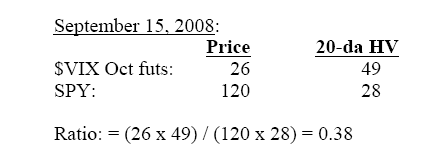
That is roughly 5-to-13, meaning we buy 13 $VIX calls and 5 SPY calls. We didn’t actually establish a spread then, but that ratio was used in our subsequent spreads.
In reality, we did make a recommendation on October 2, 2008, when the discount on the $VIX futures was a whopping 11 points:
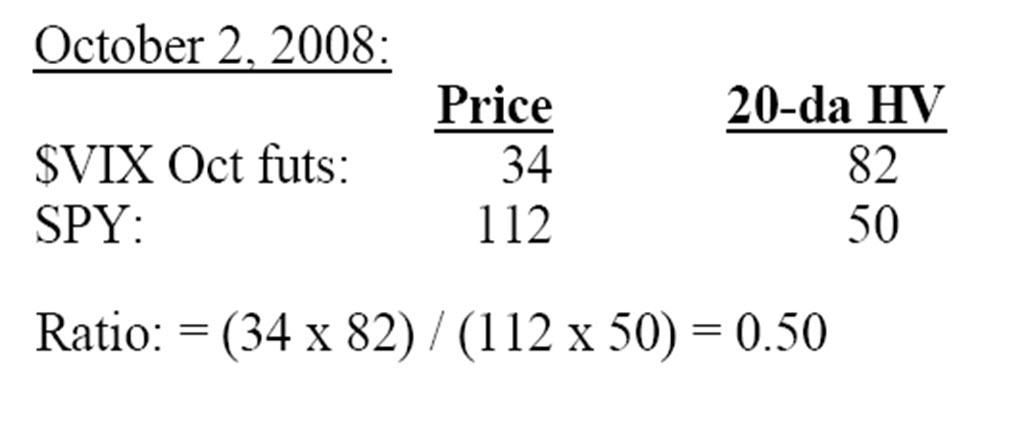
That is a 2-to-1 ratio: buy 2 $VIX calls for each SPY call purchased.
Finally, consider the example of 5/22/08:
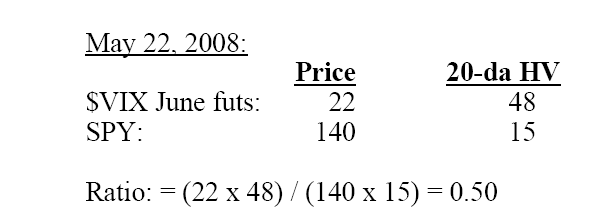
Again, 2 $VIX puts against 1 SPY put is the proper ratio.
Remember that these ratios need to be adjusted if one buys options with widely different deltas.
Exiting/Adjusting the Hedge
Once the position is in place, we would want to remove it if $VIX and the front-month futures returned to a “normal” state in which they trade at more or less the same price. That would be “convergence.” However, we also know that there is another way to make money in this spread, and that’s if the underlyings move swiftly and sharply in one direction or another.
Consider the spread we actually established as Position I303 on the October 2nd Hotline:
Bought 13 $VIX Oct 32.5 calls @ 3.70
Bought 5 SPY Oct 112 calls @ 5.90
Total debit, including commissions: $7,832 The ratio was altered to 13-to-5 because the $VIX calls were out of the money, while the SPY calls were in the money, as we were (incorrectly) expecting SPY to rise and $VIX to fall. As it turned out, of course, the market plunged and $VIX skyrocketed.
By October 9th, the following prices existed:
$VIX: 63.92
$VIX Oct futures: 52.29
$VIX Oct 32.5 call: 20.50
SPY: 90.75
SPY Oct 112 call: 0.05
The spread had not converged (there was still over an 11point discount on the Oct futures), but it was very profitable because of the large move that had occurred ($VIX rose, SPY fell). At this point, it had become a directional trade, and we took a partial profit on 5 of the $VIX calls, setting a trailing stop for the balance. We eventually sold the balance of the $VIX calls the next week, as the SPY calls expired worthless – a profit of over $30,000 on a relatively small investment.
A much more typical, smaller result was achieved in the position established last May. See example on page 2. In that case, the spread did “converge” as $VIX futures rose to meet $VIX and the stock market (SPY) fell. So, we had a small loss on the $VIX puts and a larger profit on the SPY puts, for a net profit overall of $665 on an original investment of $5,396.
In general, “convergence” will result in relatively small profits, while the second way to profit – volatile moves – will result in much larger profits. The second scenario is, of course, rarer than the first.
In either scenario, when profits build up, one should take partial profits. If the futures remain at a significant differential from $VIX, the entire position could be “recentered,” to remove any extreme delta from one side of the position or the other.
What Can Go Wrong?
No strategy is infallible. In this hedged strategy, the entire debit is at risk if $VIX and SPY “diverge” and yet they don’t make a volatile move. That is unlikely over a sustained time period, but it can happen in the short term.
For example, on Tuesday October 21st, $VIX futures were at a large (8-point) discount entering the day, so one would be long $VIX calls and SPY calls. However, that day, $VIX Nov futures fell by 1.05, while SPY also fell by 2.95 – causing losses on both sides of the hedge. It would be unlikely for that situation to persist, but in theory anything can happen.
Usually, if there are losses on the hedge, the concept of the position is still attractive (i.e., $VIX is still trading at a significant differential to the front-month futures). Hence, one could “average” down.”
Perhaps more common is the effect of $VIX on the SPY calls. Suppose one owns calls on both, and $VIX is very high when they are bought. Then the market rallies and $VIX declines. The SPY calls that are owned are fighting an uphill battle against a declining $VIX, even as the underlying market is rallying. This is less likely to be a problem when puts are owned on both, for if the market declines, $VIX rises – thereby helping the SPY puts. In any case, this effect can be mitigated by buying options that are (deep) in the money, to minimize exposure to volatility (vega) and time decay (theta).
Another potential source for error is in the adjustment process. If a large delta builds up on one side of the position or the other, one needs to either re-center the position or take partial profits. Even so, the adjustments may generate losses – especially if the trader imposes a market opinion on the adjustment.
Summary
In summary, this hedged strategy is an excellent way to trade volatility. That is, the position sets up when the $VIX futures are “predicting” a movement in either volatility and/or the stock market that can be captured with this trade. While it could be traded with $VIX futures, the approach of using options is superior because of the open-endedness of the option position (i.e., its ability to make profits on volatile moves by the underlyings, regardless of whether or not the futures differential converges).
ABOUT THE AUTHOR

Author: Lawrence McMillan, Founder
Company: McMillan Asset Management
Website: McMillanAsset.com
Services Offered: Trading Education, Account Management Services
Markets Covered: Stocks, Options
Lawrence is well-known as the author of “Options As a Strategic Investment”, the best-selling work on stock and index options strategies. The book – initially published in 1980 – is currently in its fifth edition and is a staple on the desks of many professional option traders.

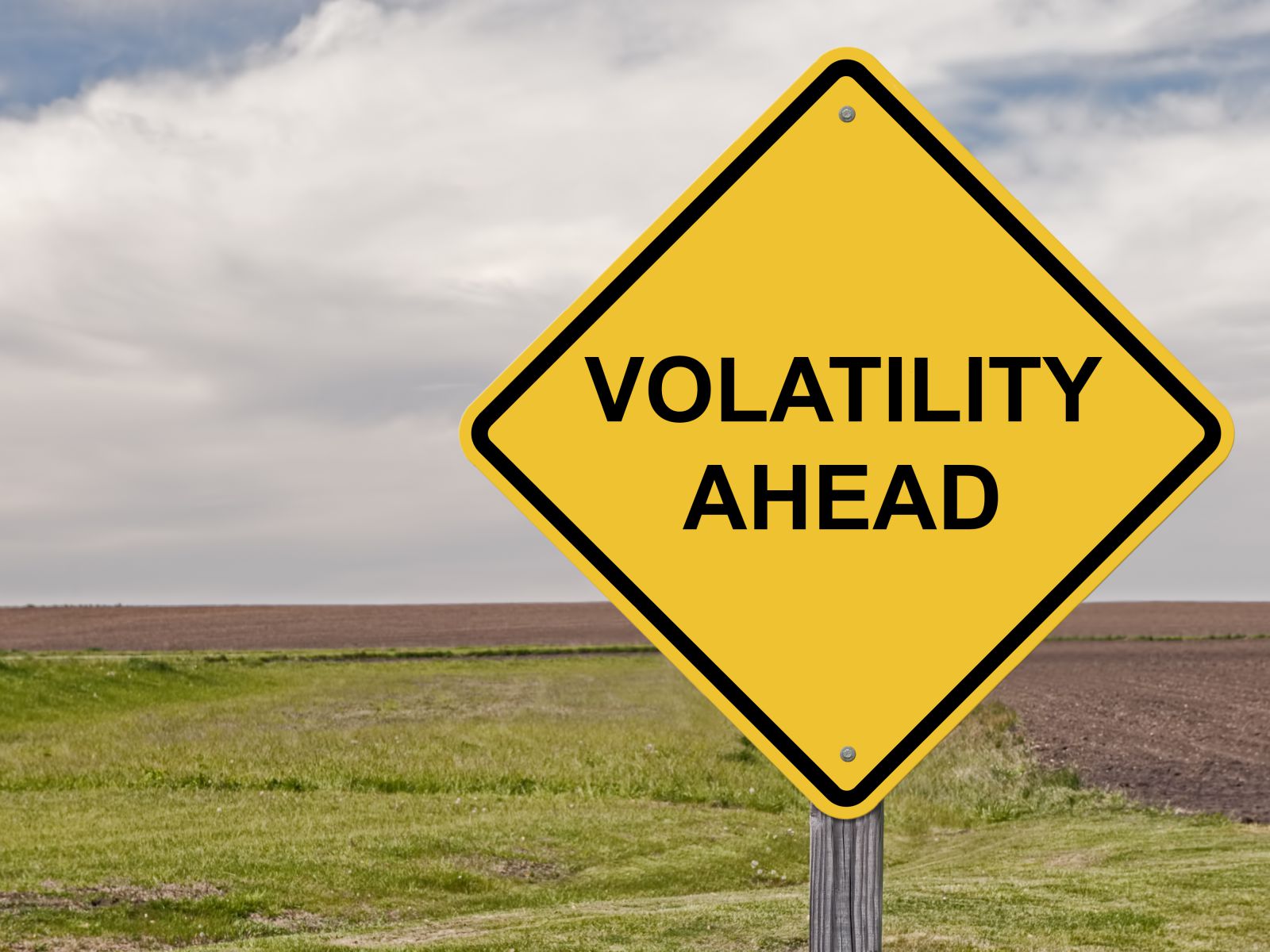

 (2).png)

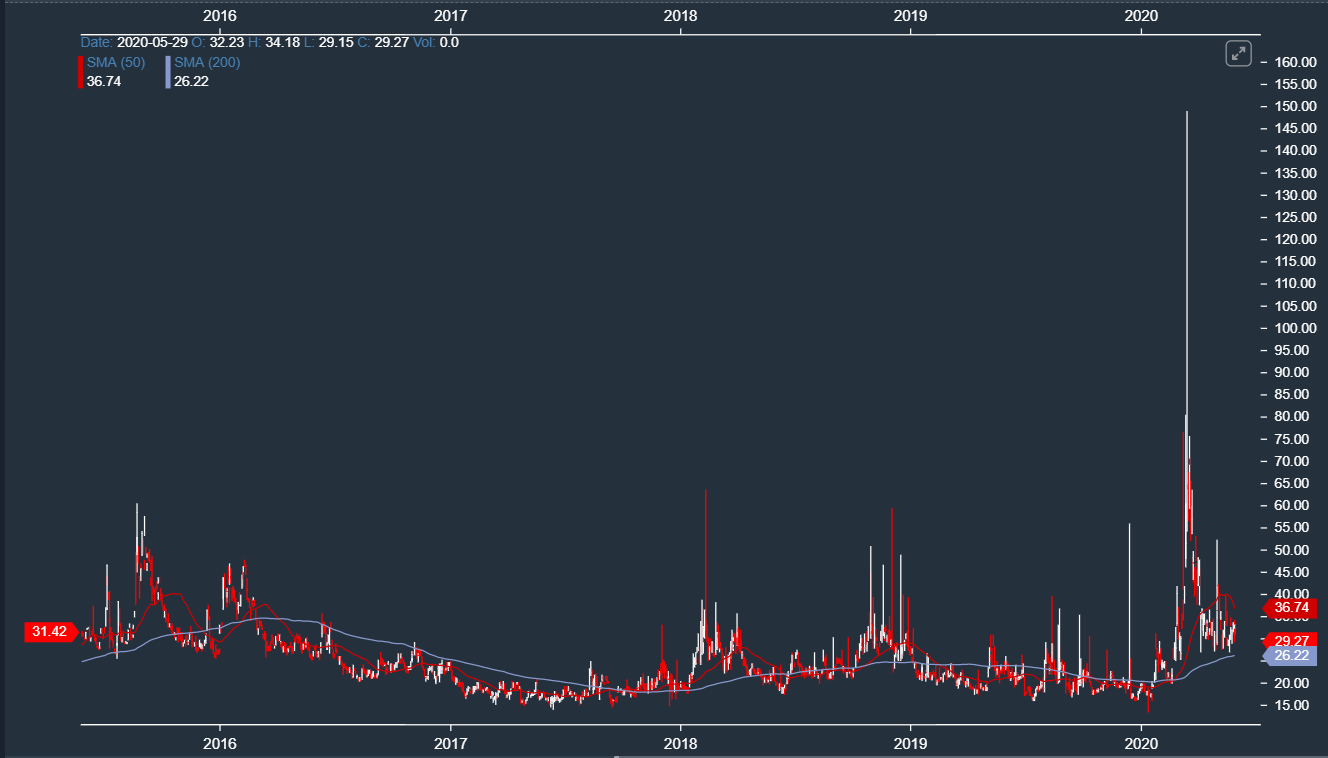

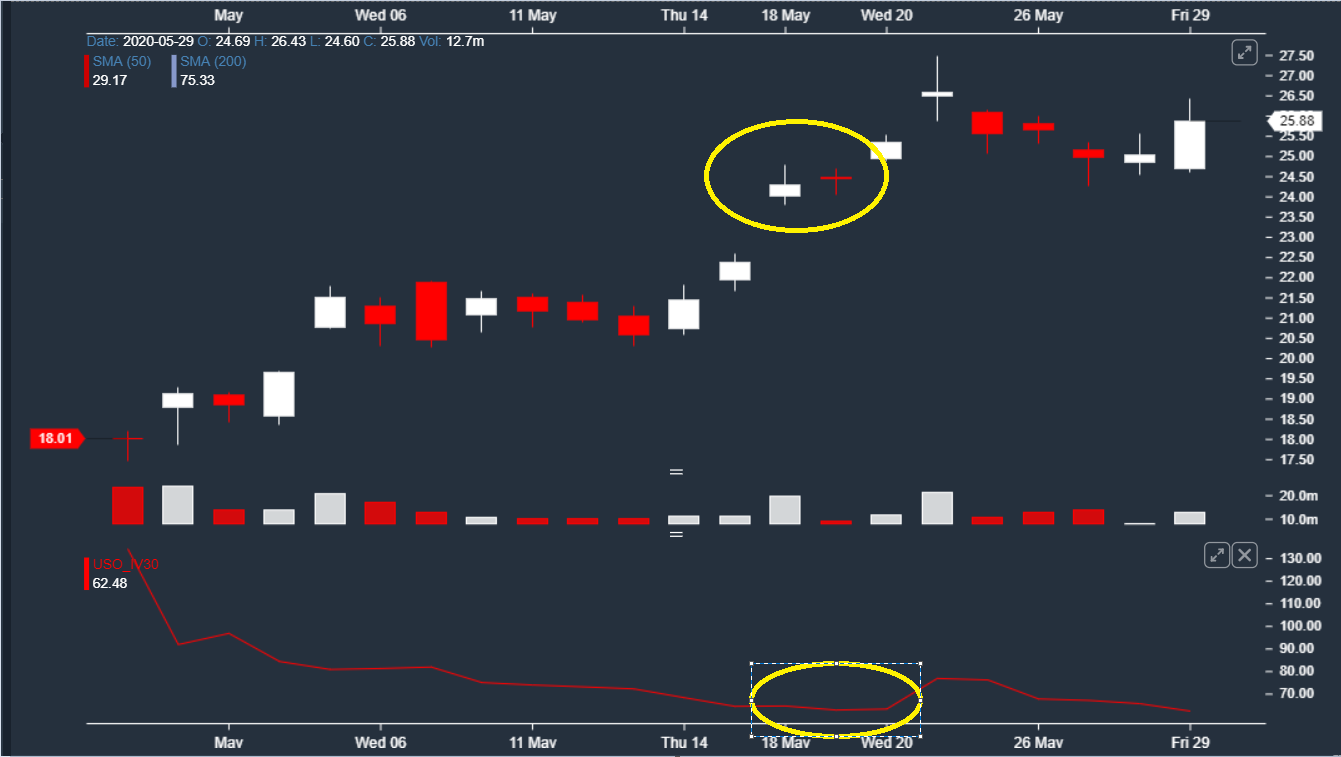
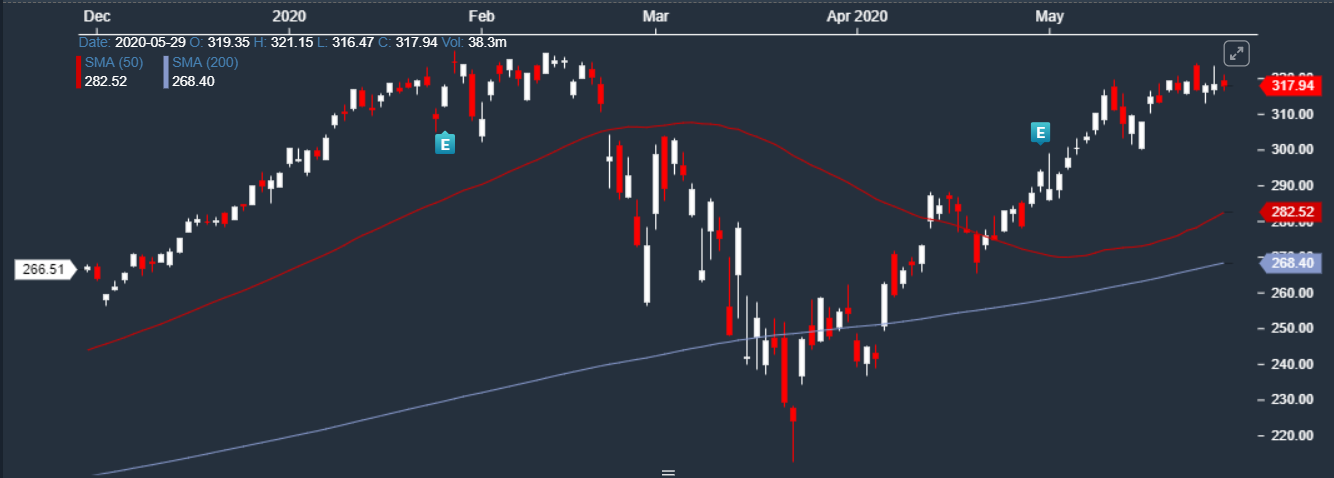
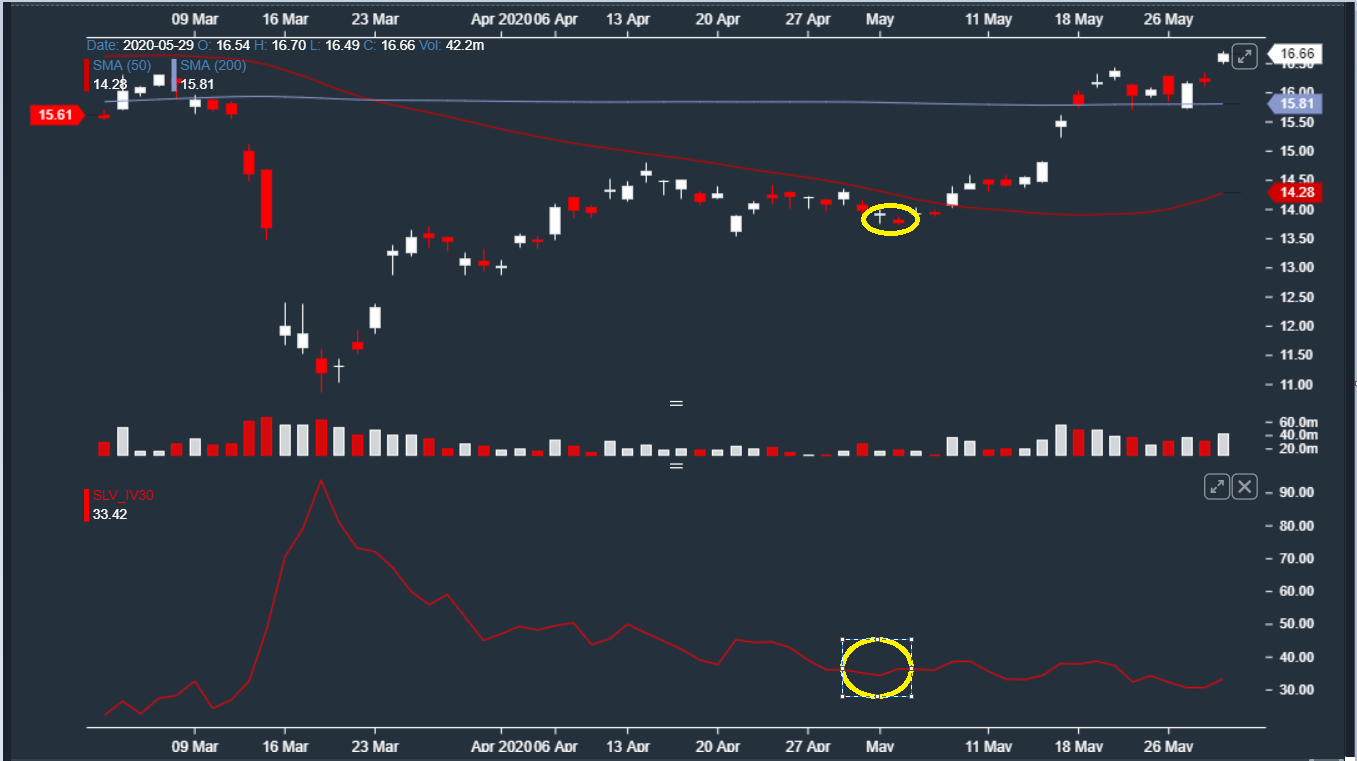



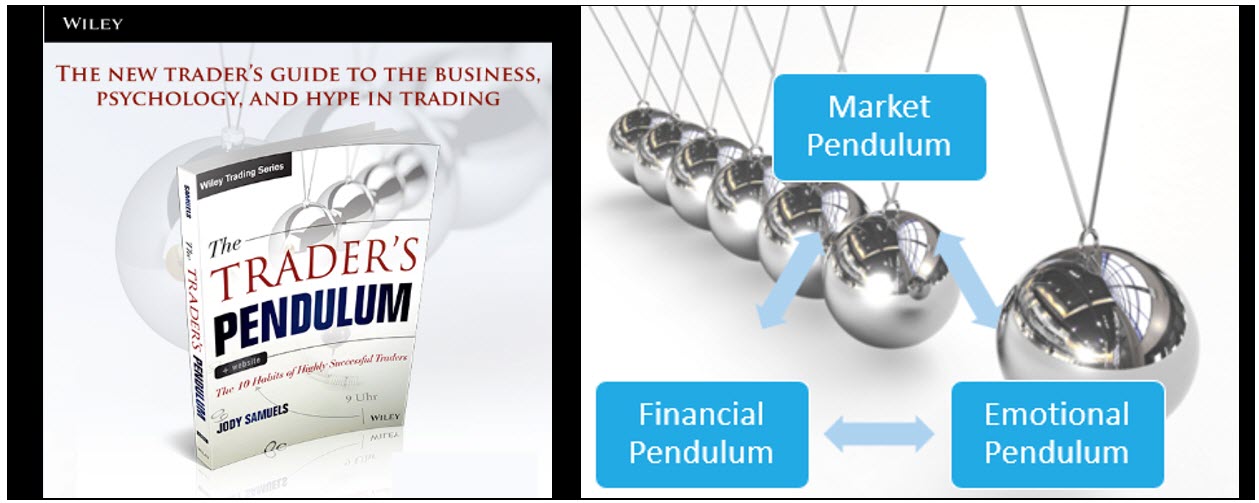
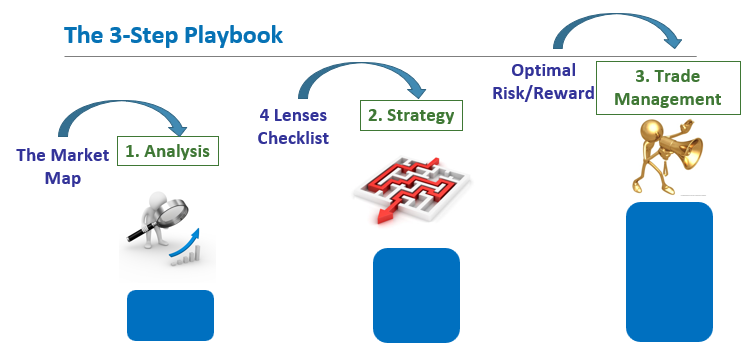
.png)
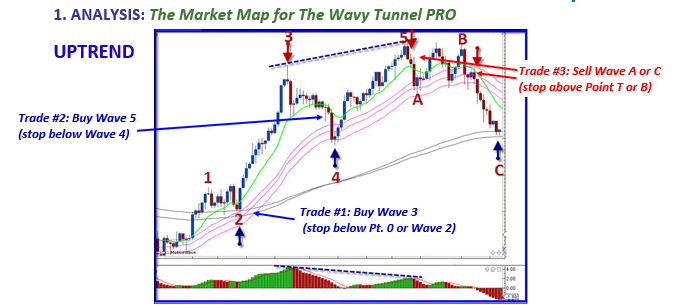
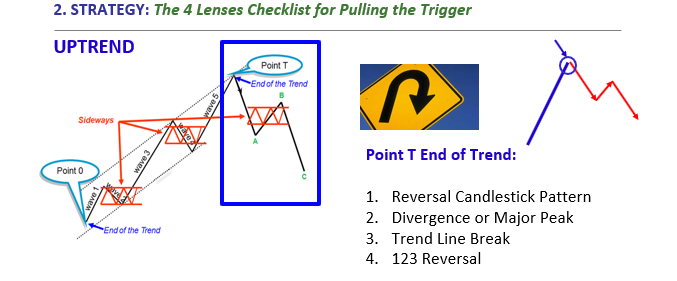
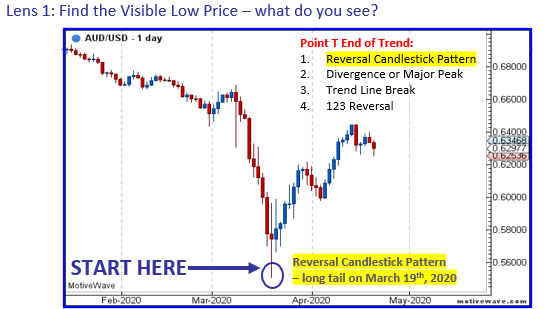
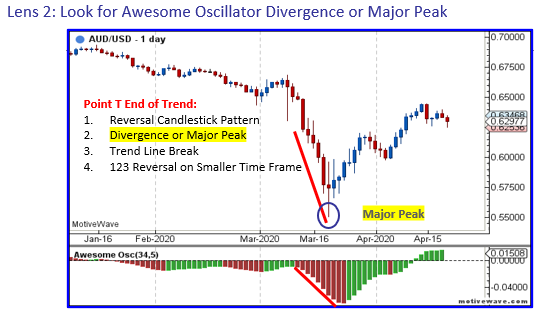
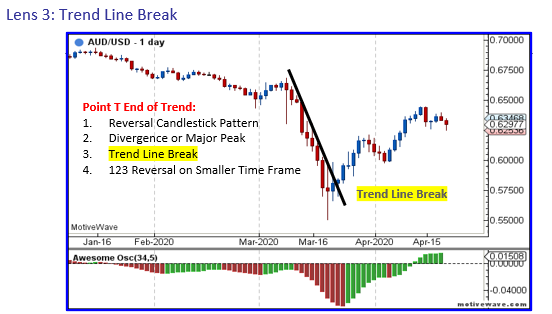
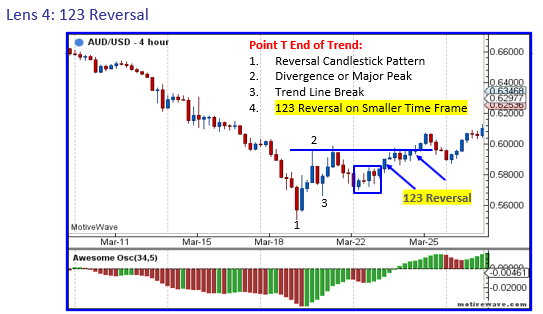
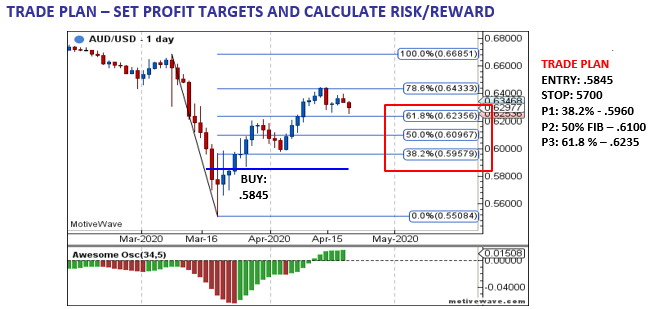



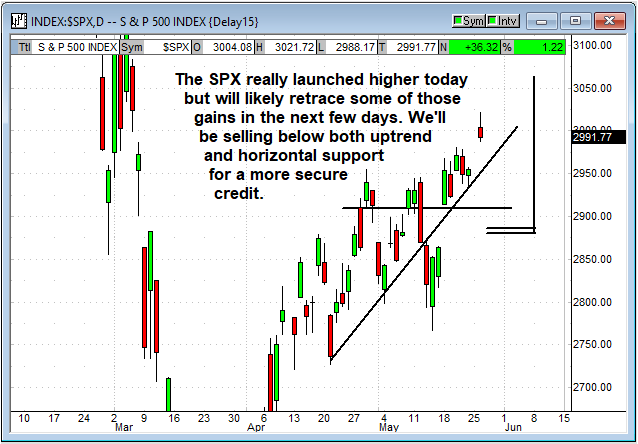


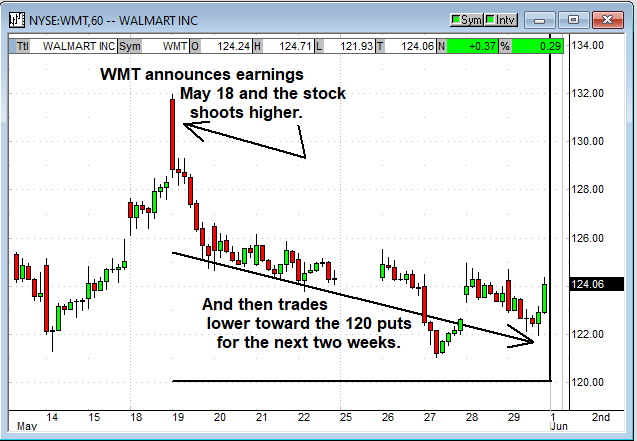
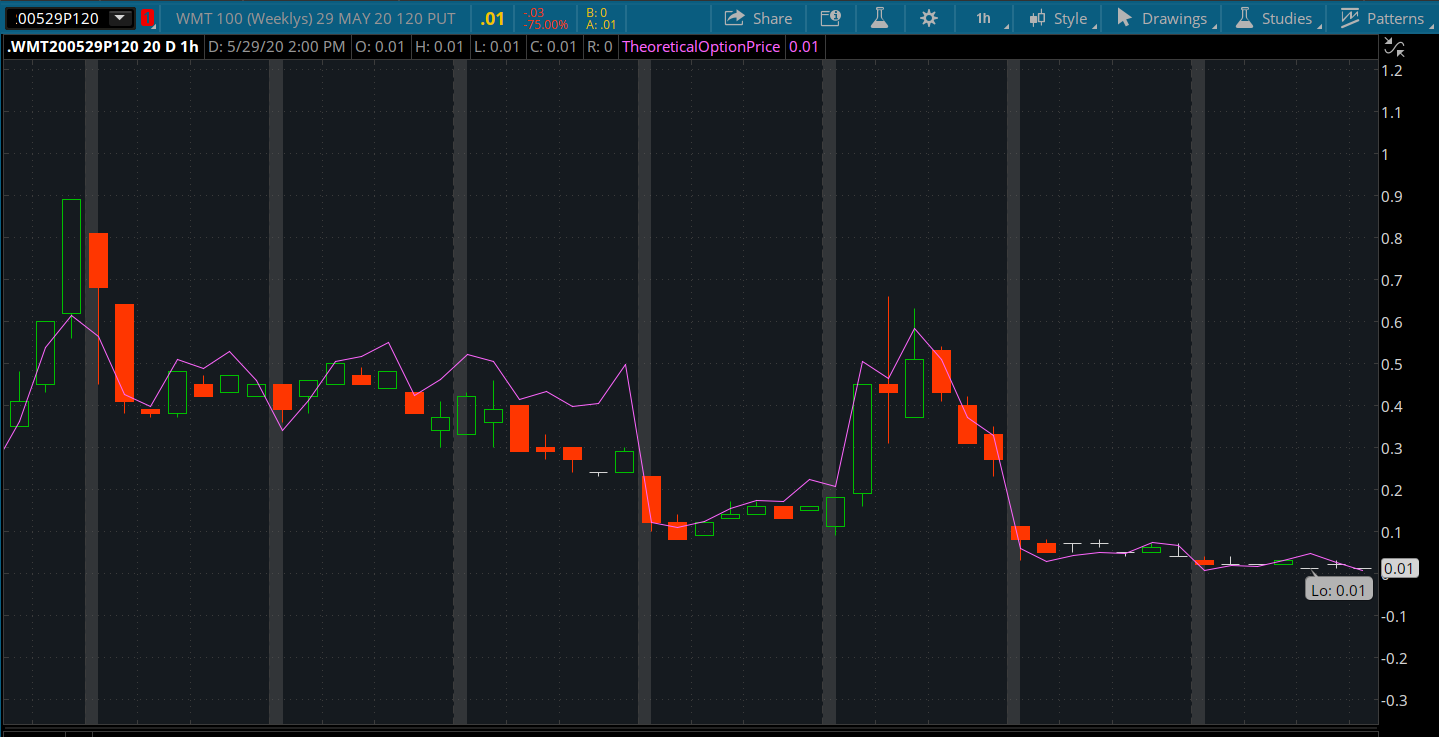





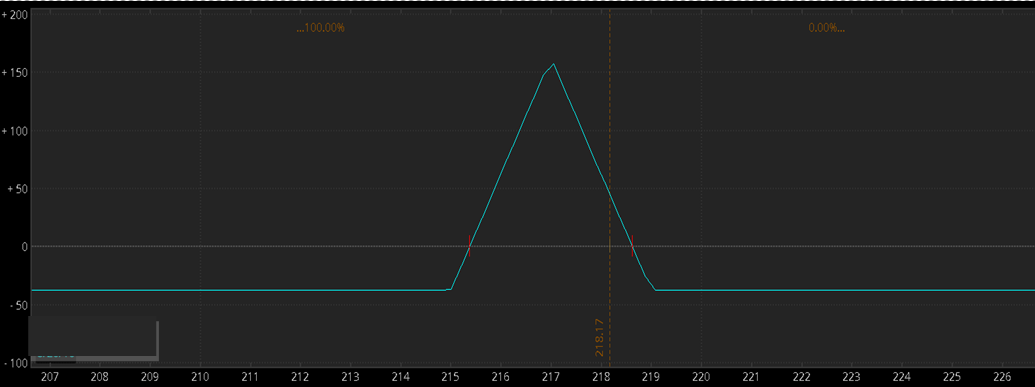
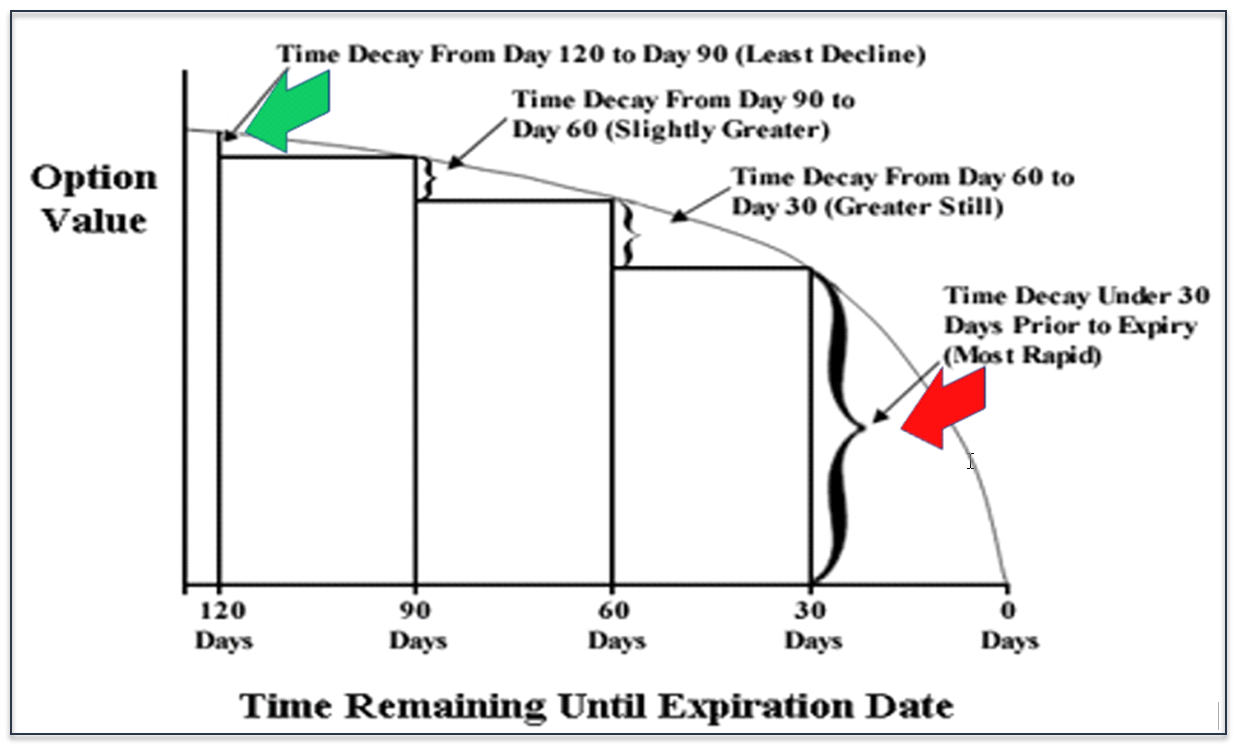





.png)








